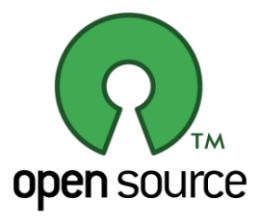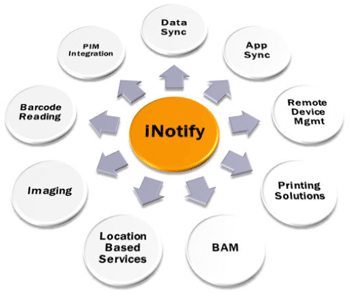 I’ve received this article from Francesco and gladly i publish it:
I’ve received this article from Francesco and gladly i publish it:
Every day we read of new Linux distributions (GNU/Linux to be correct), and sometimes happen to want to try them “on the road”, even those who do not have a live version. The first program that comes to mind, I think, is precisely Qemu. But I also think that there is also an attempt to find a more friendly alternative. The second choice I think is VirtualBox, a Qemu-based solution that gives to you at once and without effort everything you need. But is it really necessary to use a program that adds to our Linux machine other useless processes ? For me no. Of course, to switch from Virtualbox to Qemu I think, all of these tasks should be accomplished by a graphical interface “mouse-proof” and the terminal should not be used.
You don’t believe that it’s possible ?
Programs you need:
- qemu, the main program on the command line;
- qemu-launcher, graphic interface of qemu;
- qemu-control, add-on of qemu-launcher.




